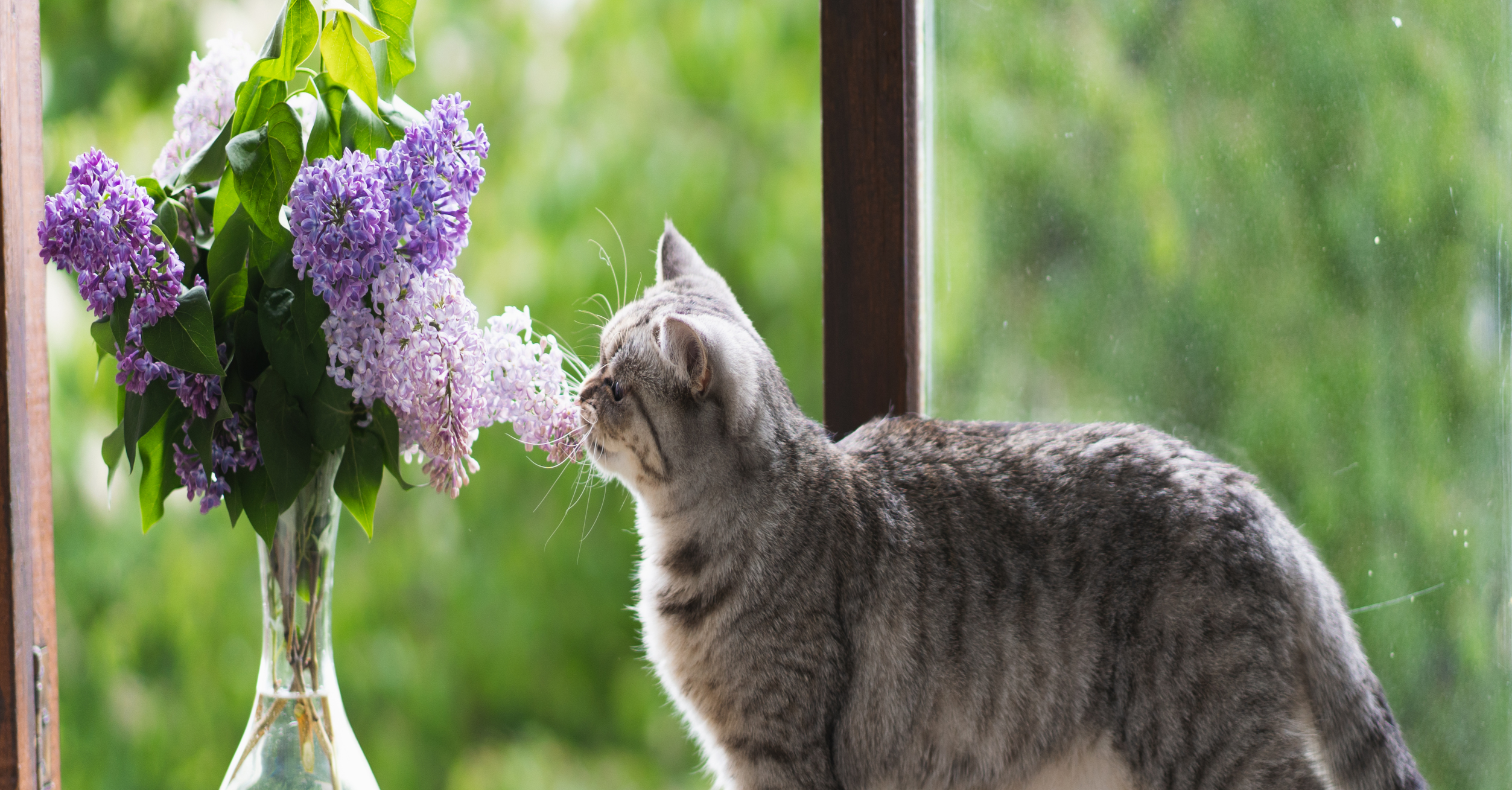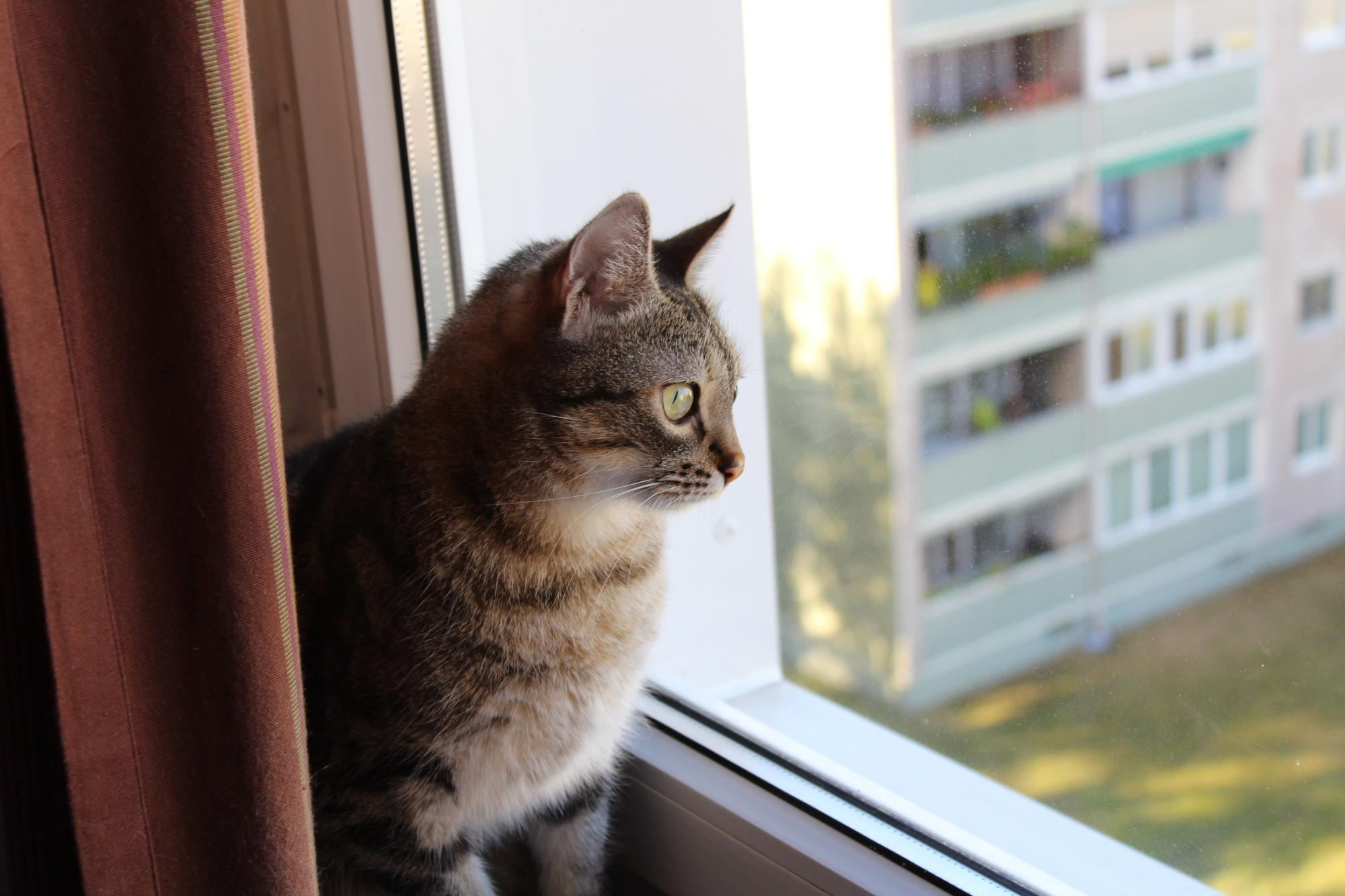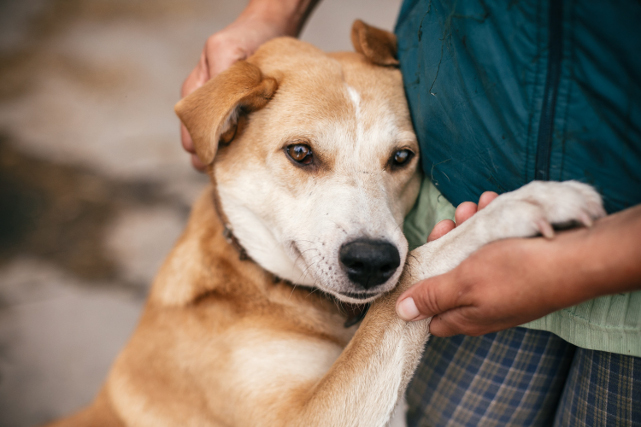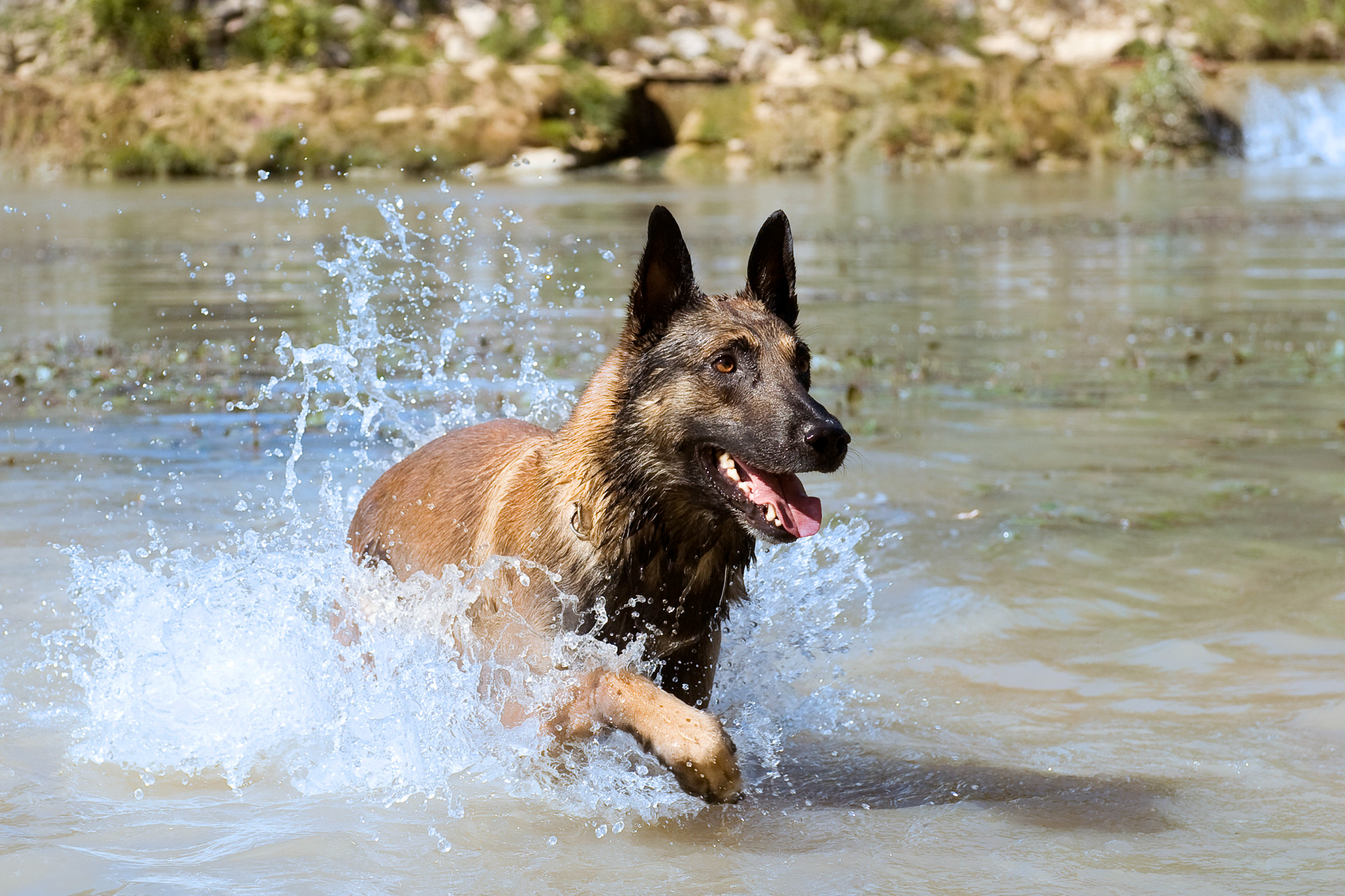Easter is almost upon us! This is a time of year marked by hunts for chocolate treats, whimsical stories about the Easter bunny, celebrations of community, and of course, plenty of quality time with the whole family—pets included.
Easter also tends to coincide with the early days of spring blossoms, so plants and flowers are often given as gifts and displayed in homes as festive decorations. While Easter plants are beautiful ways to commemorate the holiday, it’s essential that pet owners are aware of which ones might present a hazard for pets in the family.
You can avoid unexpected trips to the vet and the stress of a sick pet this Easter by taking a few minutes to read up on these Easter plants to keep away from your pets.
1. Lilies
For many families, lilies are a common sight around Easter time, particularly the aptly named Easter lily. However, it’s important to keep this beautiful flower well away from cats and dogs (although the risk is less severe in dogs). Even the pollen of lilies can be enough to harm your cat, with symptoms including:
- Vomiting
- Loss of appetite
- Lethargy
- Kidney failure
It’s best to keep this particular flower out of your home in order to keep your cat as safe as possible.
2. Daffodils
Another common springtime flower, the beautiful yellow daffodil can cause adverse effects if consumed by a cat or dog. Potential symptoms after daffodil consumption include:
- Vomiting
- Diarrhea
- Heart arrhythmia
Although the flower’s petals and stem are also a hazard, the bulb is the most poisonous part of the plant. If you have a dog that likes to dig, take care to either remove daffodils from the home or at the very least keep only cut flowers rather than potted ones.
3. Tulips
Tulips are often seen popping up around Easter, both in homes and in outdoor spaces. These pretty flowers do contain toxins which can be harmful to cats and dogs alike, with potential symptoms that include:
- Vomiting
- Diarrhea
- Depression
As with daffodils, tulip bulbs contain the greatest concentration of poisonous compounds, so be aware of any planted tulips if you have a dog with a penchant for digging.
4. Hyacinth
The striking blue colour of hyacinth makes it a vibrant addition to any Easter arrangement, but pet owners should take care to keep it out of reach of their pets. Hyacinth is toxic to both cats and dogs and can cause symptoms such as:
- Vomiting
- Diarrhea
- Dermatitis
Hyacinth bulbs are, once again, the most dangerous part of the plant, so be sure to keep pets away from them to ensure their safety this Easter.
5. Azalea
Azalea is a beautiful flower with very serious adverse effects if consumed by a cat or dog. It’s identified by small, pink flowers with a lighter edge on each petal. Symptoms of azalea poisoning include:
- Vomiting
- Diarrhea
- Hypersalivation
- Coma
- Cardiovascular collapse
Azalea is a particularly hazardous flower for pets, and can even prove fatal in some tragic cases. Play it on the safe side and avoid this flower completely when possible.
6. Iris
With its unique shape and vibrant purple hue, iris is nevertheless mildly toxic to both cats and dogs alike. Potential symptoms of iris ingestion include:
- Vomiting
- Diarrhea
- Lethargy
- Drooling/hypersalivation
Though iris presents a hazard to pets, it’s less of a threat than other flowers on this list. Use caution if you decide to decorate your home or garden with iris flowers.
7. Chrysanthemum
Also known colloquially as daisy, mum, or pom, chrysanthemum is a very common flower to see around Easter time. It can be mildly poisonous to both cats and dogs, with potential symptoms including:
- Vomiting
- Diarrhea
- Loss of motor control
- Dermatitis
Since this flower goes by a few names, familiarize yourself with its large, colourful blossoms to ensure your pets are as safe as possible this Easter.
8. Amaryllis
These beautiful white flowers are visually similar to lilies. And while they are less toxic to cats than lilies, amaryllis flowers are still a common hazard for both cats and dogs to spot around Easter. If your pet ingests amaryllis, symptoms might include:
- Vomiting
- Diarrhea
- Abdominal pain
- Tremors
- Depression
- Drooling
In order to be on the safe side, it’s a good rule of thumb to keep any Easter plant that resembles a lily away from your pet, unless you’re certain of what kind of flower it is.
9. Gladiolus
Though a little less common, gladiolus (also called gladiola) is a beautiful red flower that is sometimes included in Easter bouquets, decorations, gardens, and displays. Symptoms of gladiolus poisoning may include:
- Vomiting
- Diarrhea
- Hypersalivation
- Lethargy
Like with some of the other flowers on this list, the bulbs of the gladiolus flower contain the highest concentration of poisonous compounds. Be careful if your dog likes to dig at plants.
10. Hydrangea
Though less dangerous than some other plants on this list, hydrangea is an extremely common flower to find both indoors and out around the Easter season. Characterized by large clusters of delicate flowers in a variety of colours growing on shrubs, these flowers can cause the following symptoms if ingested:
- Vomiting
- Diarrhea
- Depression
Though hydrangea is a milder hazard for your pets, it should still be noted because of how common it is in many parts of Canada.
Additional tips to keep your pets safe this Easter
If you choose to have hazardous plants in your home or garden, be aware of how they’re stored. Having the flower itself out of reach is one thing, but keep in mind that petals can fall to the floor and pose a hazard. And certain plants (especially lilies) may even have dangerous pollen, meaning for cat owners they shouldn’t be stored at home at all. Always ask your veterinarian if you’re not sure about certain plants and their safety for your pet.
In general, it’s best to keep your pet from eating any plants, or at least to be completely certain of a plant’s identity before allowing your pet to touch it. If you notice any of the common signs of plant toxicity (especially vomiting, drooling, or diarrhea) after your pet consumes a plant, take them to a veterinarian as soon as possible.
There’s no better way to keep your pet safe than with good sense and prevention. Ensuring your cat or dog can’t reach dangerous plants will help everyone enjoy the Easter holiday.
Would you like to see how else you can keep Easter safe for your pets? Be sure to check out our other blog posts as well.
Tips for an Enjoyable Easter Weekend
Why You Should Never Feed Your Dog Easter Chocolate
Bunny Care Tips: Why You Shouldn’t Give Real Rabbits as Easter Gifts
Good Pet Treats to Offer During Easter Weekend
Wait Until After Easter to Adopt a New Pet
Creative Commons Attribution: Permission is granted to repost this article in its entirety with credit to Hastings Veterinary Hospital and a clickable link back to this page.






